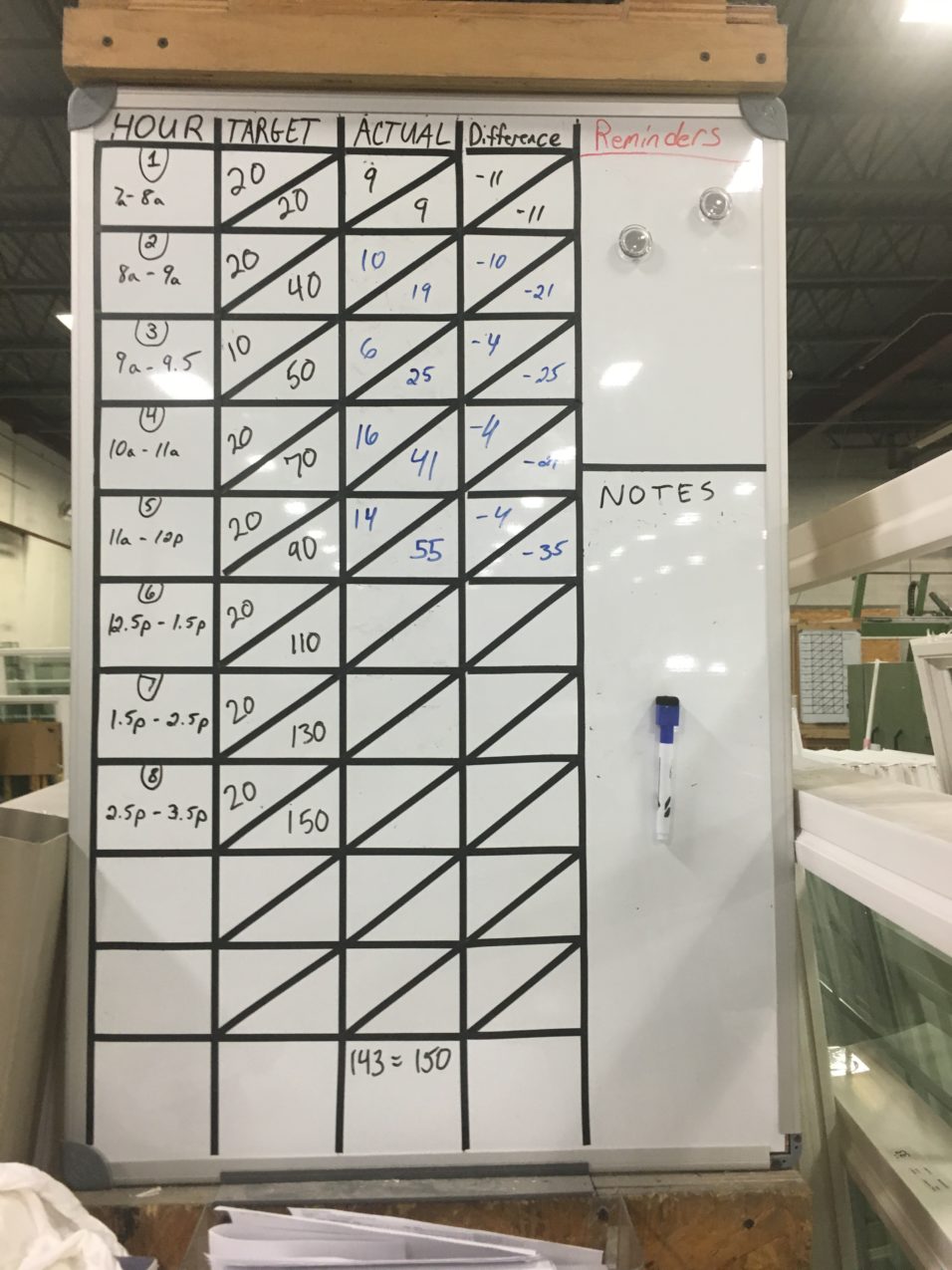Case Study: How Cellular Flow and VSM Optimized an Assembly Line
A long term Prosit customer recently had one assembly line struggling to meet their production goals. The entire line was losing time and adding cost. There were 18 employees all with different work content, no cellular flow, and not a clear vision of what each operator’s job function on the line.
At the time Prosit was tasked with optimizing the line, their output was less than 5 units per day. The customer needed 8-9 units per day in order to fulfill their goals. In a nutshell, the line had dropped below 50% goal performance. Each unit off the line was worth about $8,000 if the customer was to fulfill the demand. Each operator losing time, every process not followed, and material not assembled correctly was eating into the company’s profit by boosting the cost of production.
 Prosit’s mission was to optimize all 18 operators, develop a plan distinctive to each day, and create a cellular flow that would benefit the assembly line starting with the supervisor and working down.
Prosit’s mission was to optimize all 18 operators, develop a plan distinctive to each day, and create a cellular flow that would benefit the assembly line starting with the supervisor and working down.
Prosit trained the supervisor to look for waste and develop ways to streamline this assembly line. The ultimate goal to reach the demand was to have 1 unit to come off the line each hour, for an 8 hour shift. Through time studies, employee interviews, and lean process improvement initiatives the goal was achieved.
The results from the improvement in assembly line efficiency lowered costs from $3,000 to $1,200 per unit.
Additional benefits include;
- Employee satisfaction through work content mapping
- Quality assurance
- Cross training ability
- No loss of manpower; just better performance and results
None of this was present before Prosit took on the project. Now the client can count on this assembly line to turn on and off whenever it needs to meet a tight demand.